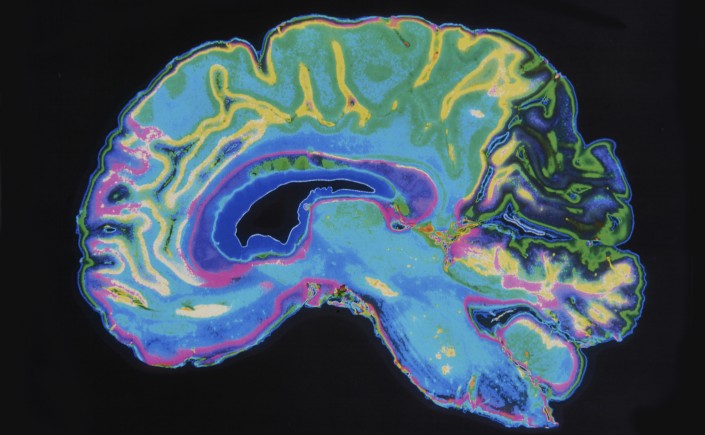
Our research on radiotherapy for cancer treatments optimizes a narrow X-ray beam radiation dose that targets tumors while minimizing radiation exposure in surrounding healthy tissue. Though bombarding a tumor can help treat cancer, unfortunately, radiation doesn’t pick and choose the cells it harms. Healthy tissue is often damaged in an act of “medical friendly fire.” With the help of optimization models developed at WID, a wide array of data -- MRI pictures of internal organs, varying oxygen content of human tissue, scattering tendencies of radiation beams and even the rise and fall of the patient’s chest -- can be parsed to minimize the collateral damage likely to be caused by lifesaving technology aimed in a less-than-optimal direction.
For more in-depth information, see the following original research papers:
[portfolio display_types=false display_tags=false include_type=Medical columns=2 showposts=10 orderby=title]
